In recent years, Polypropylene (PP), serving as a cornerstone in the realm of general-purpose plastics, has showcased exceptional performance in numerous fields such as industry, consumer products, and construction.
This has positioned it as a focal point in the world of plastic manufacturing.
Concurrently, with its increasing applications, an unresolved question arises: “Is polypropylene safe?”
This query has spurred a significant discussion regarding its safety implications.
In the ensuing chapters, we will delve deeply into the composition, processing methods, and various applications of PP plastic, with a particular emphasis on evaluating its impact on environmental and human health.
What Is Polypropylene?
Polypropylene, abbreviated as PP, is a polymer produced by the polymerization of propylene.
It’s a non-toxic, odorless, flavorless, and milky-white semi-crystalline thermoplastic.
As one of the lightest plastics available, with a density of only 0.90g/cm3 to 0.91g/cm3, PP can be used at around 100 degrees Celsius.
It exhibits excellent electrical characteristics and high-frequency insulation that remain unaffected by humidity. However, it becomes brittle in low temperatures, is not very wear-resistant, and tends to age.
Being a polyolefin material, PP has emerged as one of the standout stars in the plastic manufacturing processes, thanks to its superior mechanical, thermal, and mechanical properties.
Next, we will explore the composition of PP and how it ensures the safety of polypropylene.
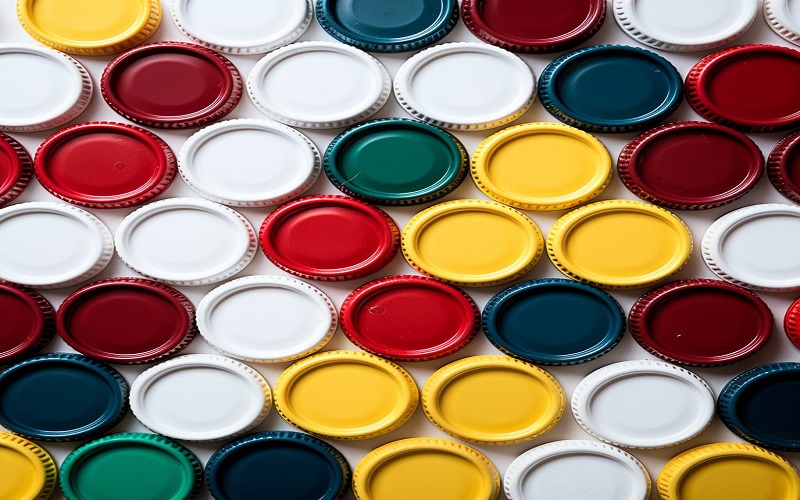
Ingredient Safety For PP Plastic
The safety of Polypropylene is significantly dependent on its chemical structure and the properties of its components.
PP is the lightest thermoplastic resin and is classified into three types based on the arrangement of methyl groups: isotactic, atactic, and syndiotactic polypropylene.
Although these three PP variants have slight differences, they are all polymers synthesized from propylene monomers. Propylene, a simple molecule comprising carbon and hydrogen, lacks harmful chemical elements, inherently ensuring the polypropylene safety.
Furthermore, the orderly and highly crystalline structure of PP leads to a high melting point (about 160 degrees Celsius or 320 degrees Fahrenheit), indicating its suitability for safe use in heat-related applications.
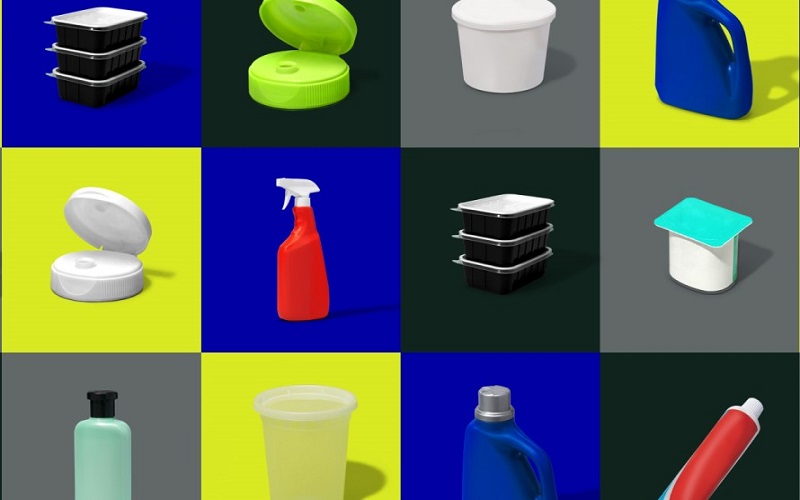
Does Polypropylene Produce Emissions?
During the polypropylene injection molding process, it is typically heated to its melting point, ranging between 160°C and 170°C.
At these temperatures, PP does not usually undergo degradation, resulting in minimal gas emissions.
However, polypropylene can thermally degrade when heated excessively and may release volatiles such as propylene monomer or other decomposition products.
When it comes to the combustion of PP, particularly at temperatures below its ideal combustion point of around 850°C or higher, various toxic substances can be emitted.
These emissions include carbon monoxide (CO), carbon dioxide (CO2), water vapor, and complex hydrocarbons.
Additionally, if PP is burned at temperatures that are not sufficiently high, it can generate fine particulate matter as well as potentially toxic compounds such as dioxins and furans, though in much smaller quantities compared to materials like pvc toxicity.
Proper incineration of PP in facilities equipped with advanced pollution control technologies can significantly reduce the emission of these harmful substances.
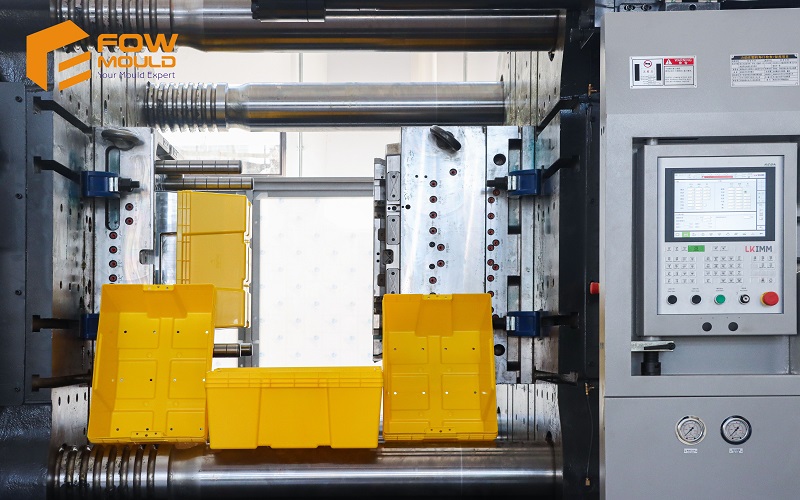
Is Polypropylene Safe For Food?
Due to concerns about the health risks associated with plastic products, people often choose food packaged in plastics based on the type of plastic indicated by plastic symbols.
Plastics marked with numbers 2 (HDPE), 4 (PE), and 5 (PP) are generally considered safe for storing food and beverages.
PP plastic, commonly used in tableware, is a food-grade plastic known for its excellent chemical stability and heat resistance, and it does not deform easily when heated.
It is used in the manufacture of yogurt cups, disposable meal boxes, and microwave-safe containers, as well as in making baby bottles.
However, even if the product is marked as “microwave-safe,” it
is still advisable to avoid heating food in the microwave using these plastics.

PP Products In Medical Industry: A Safe Option
In the field of medical device manufacturing, PP plastic is extensively used as a safe material and is highly favored by manufacturers.
But why are medical device manufacturers so enamored with PP plastic?
Medical devices require a certain level of strength and rigidity to ensure stability and reliability during use.
PP plastic possesses high strength and rigidity, along with excellent heat resistance and chemical corrosion resistance, making it one of the ideal materials for manufacturing medical devices.
Medical-grade PP exhibits high transparency, good barrier properties, and radiation resistance, which broadens its applications in medical equipment and packaging industries.
During the COVID-19 pandemic, the most common PP medical products have been medical masks, consisting of melt-blown fabric and non-woven fabric.
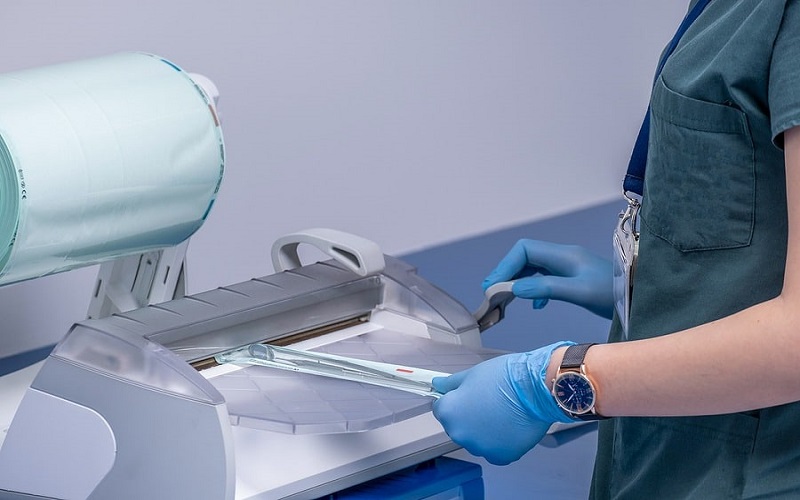
The Environmental Impact Of PP Materials:Is it sustainable?
When considering the environmental implications of polypropylene plastics, a holistic approach encompassing multiple aspects is essential.
The sourcing of raw materials is a primary consideration; PP originates from petroleum, a non-renewable resource, with its extraction and refinement having major environmental impacts, including the emission of greenhouse gases and ecological disruption.
Furthermore, since PP is not biodegradable, it decomposes very slowly in natural settings, contributing to environmental pollution, especially in oceanic plastics pollution.
Over time, polypropylene products degrade into microplastics, which are a significant concern for marine wildlife and ecosystems.
However, the environmental impact of PP can be somewhat alleviated through recycling processes.
Discarded polypropylene items, once collected, processed, and treated, can be transformed back into reusable materials, thereby lessening their impact on the environment.
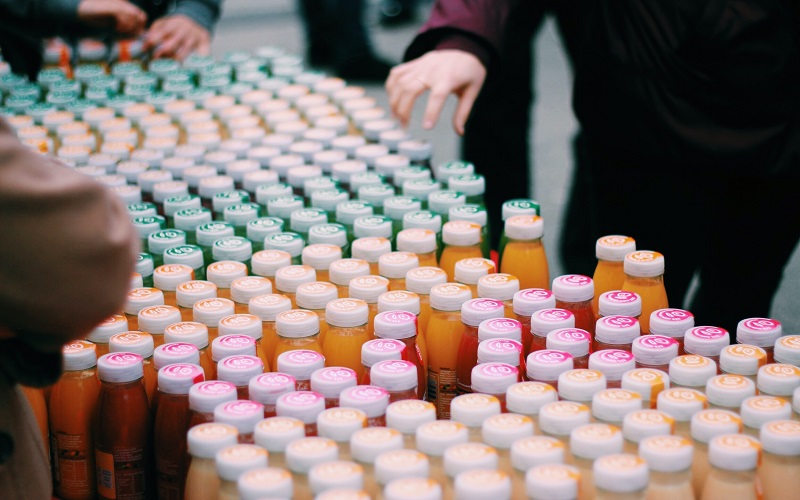
PP For Human Health:Is Polypropylene BPA-Free?
As consumers increasingly focus on health, there is a growing concern about the safety of the materials used in plastic products.
From a material standpoint, PP is non-toxic and does not contain substances like BPA or phthalates.
Additionally, PP is compatible with human tissues and bodily fluids, meaning it does not cause allergies or other adverse reactions.
This makes medical devices made from PP safe for extensive contact with the human body without harming health.
Despite these characteristics making PP a relatively safe choice, it is still recommended to follow proper usage and handling guidelines for any plastic product.
For instance, prolonged exposure to high temperatures, such as long-term microwaving, could affect the structural stability of PP products, potentially impacting their safety.
Therefore, choosing high-quality PP products that meet safety standards is crucial.
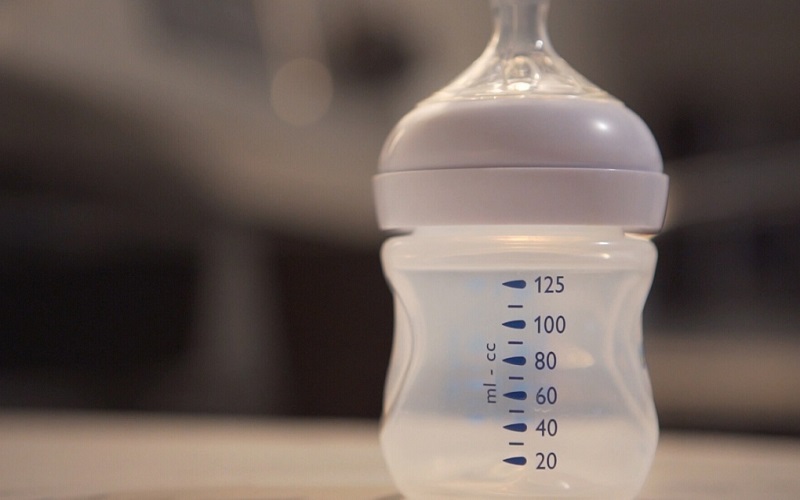
Comparison Of PP And Other Materials
Compared to other similar plastics, Polypropylene has unique advantages in terms of safety, occupying a significant position in the plastic industry.
It’s well-known that PVC often contains plasticizers (such as phthalates), while PP does not contain these chemicals, making it a safer option for food contact and children’s products.
Although Nylon material has better heat resistance than PP, it may release harmful substances at high temperatures, whereas PP is more stable.
Additionally, PP has a higher melting point compared to PET plastic, making it more suitable for dishwasher-safe products.
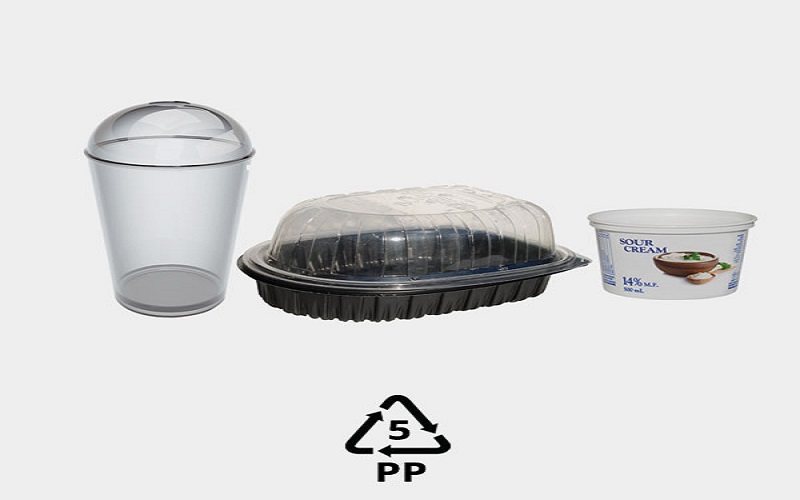
Regulations And standards For The Safe Use Of PP Materials
Several countries have specific regulations and standards for the use of PP, particularly in areas like food contact, medical devices, and children’s products.
For instance, the U.S. Food and Drug Administration (FDA) mandates that PP used in food packaging or containers must be free of harmful chemicals and able to withstand normal temperatures and pressures encountered during use.
Furthermore, the European Union’s Toy Safety Directive stipulates that baby products and toys made of PP must not contain harmful chemicals and must comply with relevant safety standards, such as being free from phthalates and heavy metals.
When choosing and using PP materials, it is essential to ensure compliance with the respective national and regional standards applicable in the area of use.
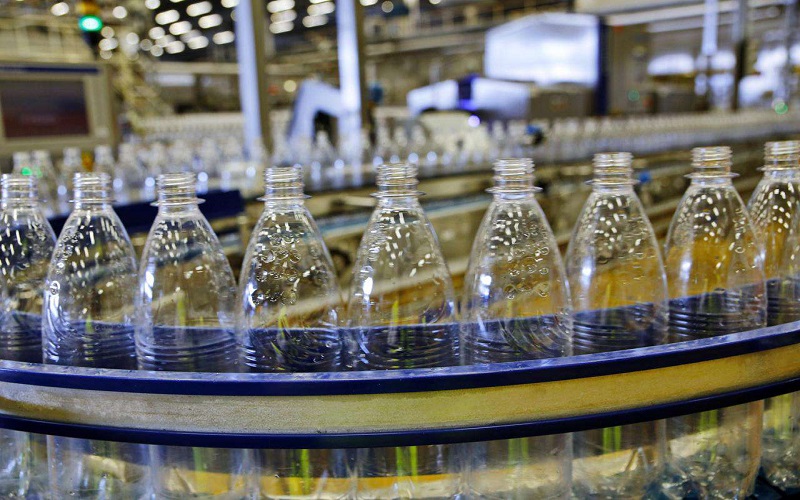
Conclusion
In summary, Polypropylene stands out as a safe material choice. It excels in a variety of applications, including food packaging, medical devices, and everyday items, offering a solution that is both secure and practical.
Notably, its absence of harmful substances such as BPA and phthalates, coupled with its excellent heat resistance, makes it an ideal option for both household and medical uses.
Thus, PP plays a vital role in enhancing the quality of our daily lives while meeting health and safety standards.
However, it’s important to ensure that PP products comply with relevant safety regulations and standards to maintain their optimal performance and safety.
